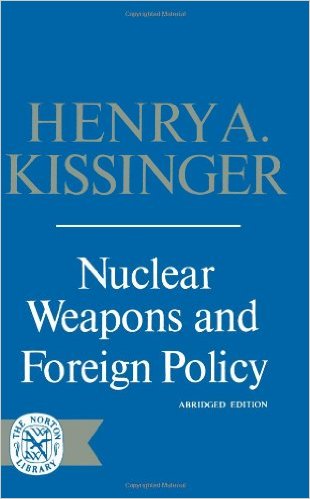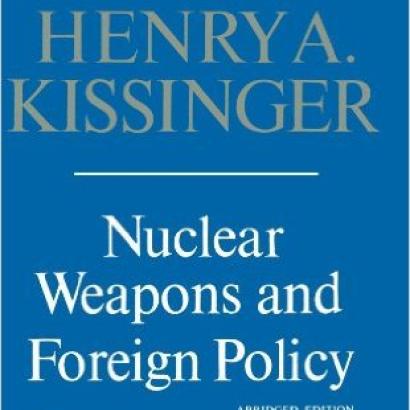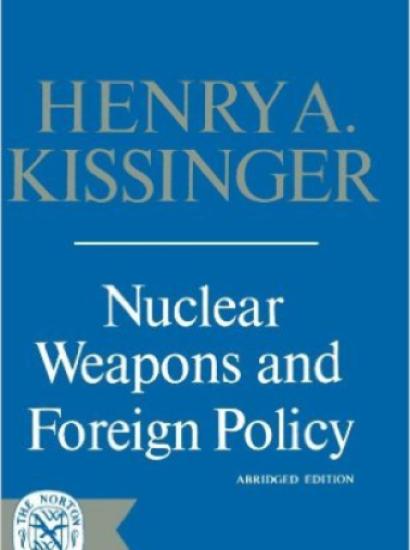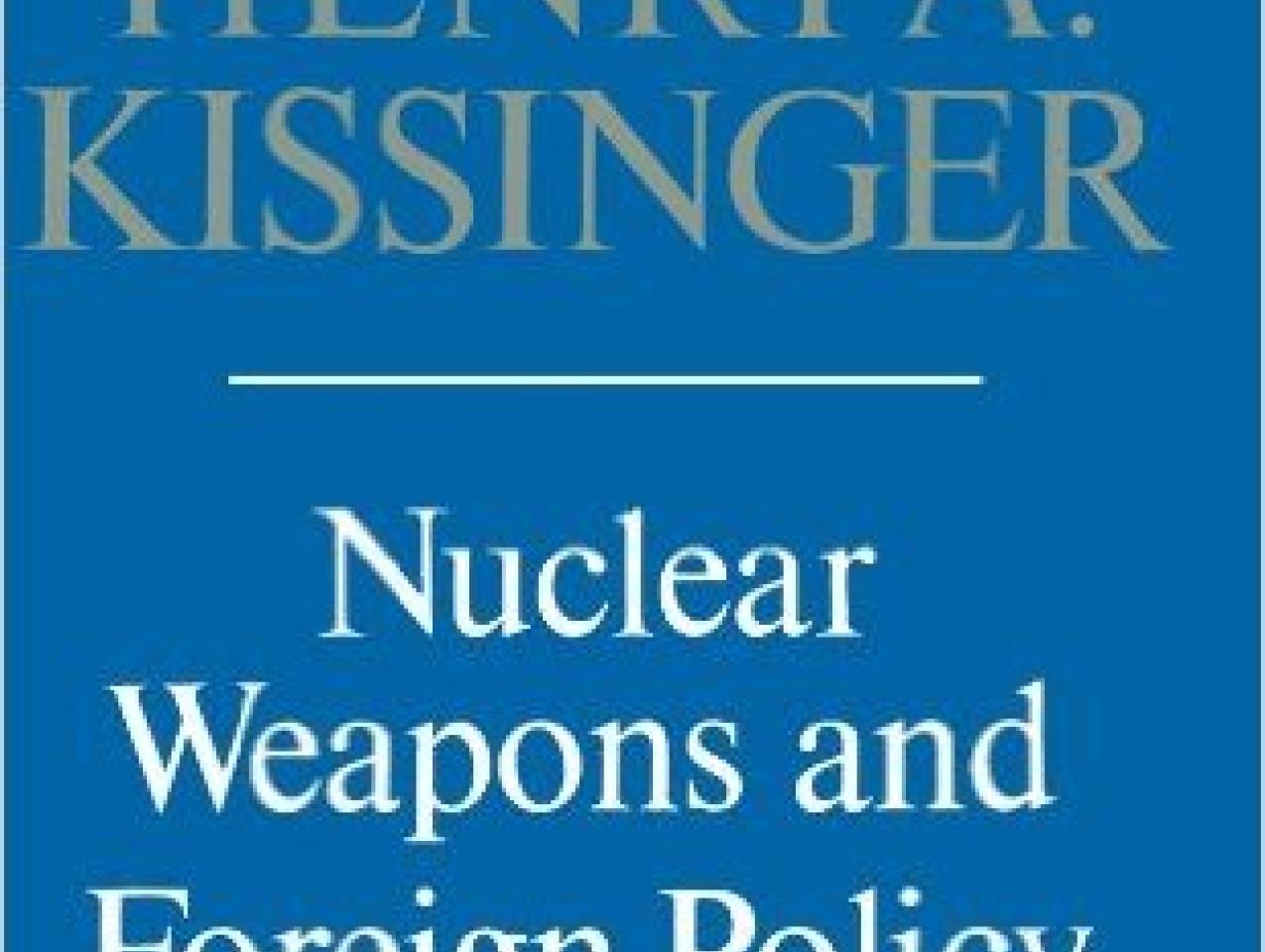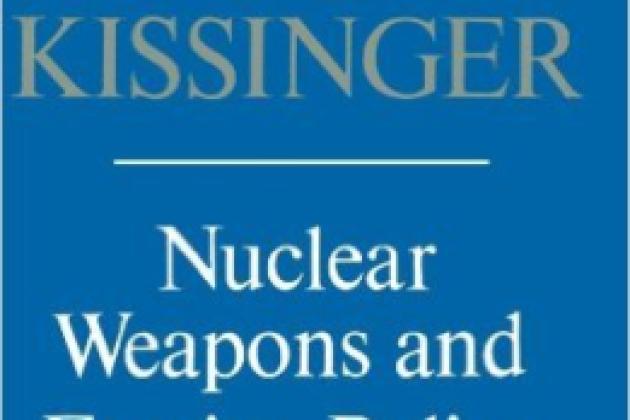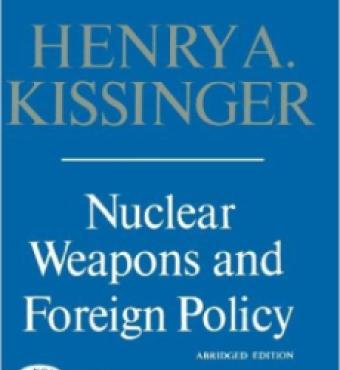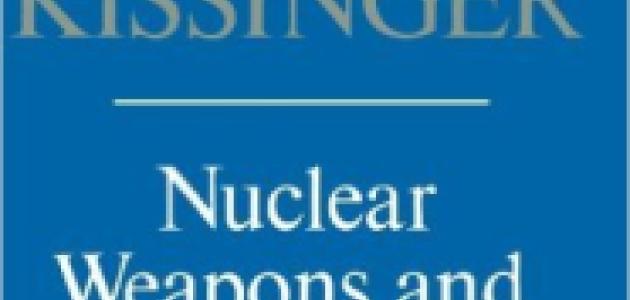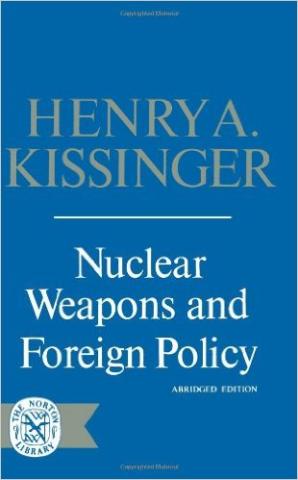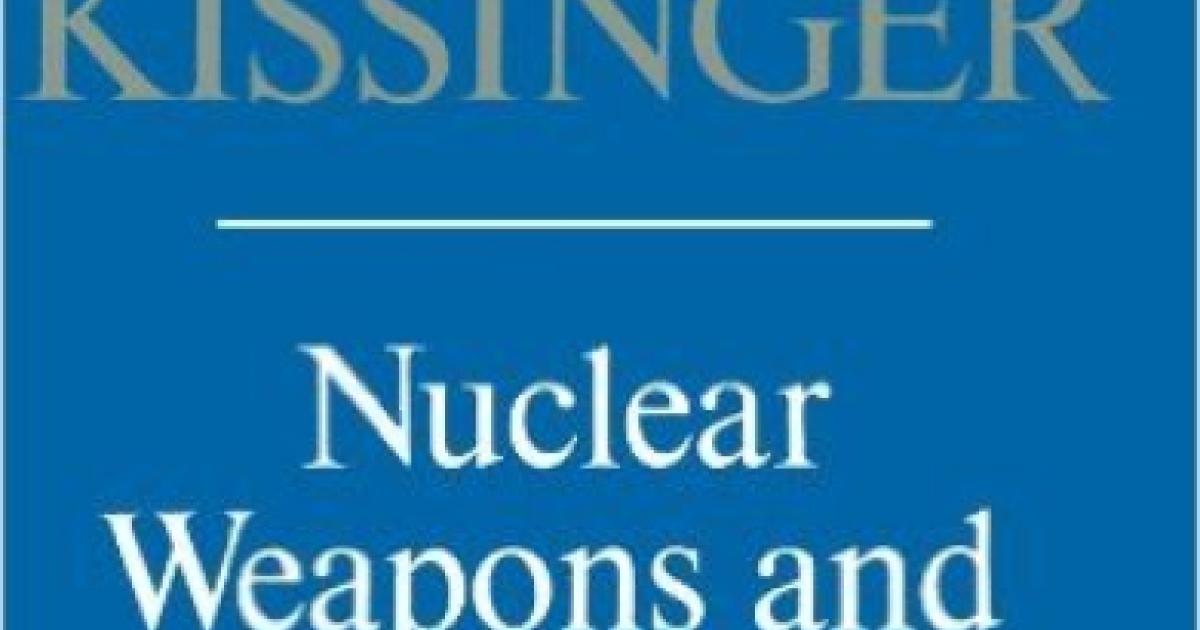- History
- Military
This book is the template of U.S. nuclear weapons policy since the Kennedy Administration, as well as of how the U.S. government has conducted war since Vietnam. Published by the Council on Foreign Relations as the report of a high level working group, it was the Democratic Party’s intellectual attack on the Eisenhower Administration’s policy of responding to Soviet aggression “by means and at places of our choosing.” Whereas Eisenhower had aimed to prevent U.S. involvement in conflicts on the Soviet Empire’s periphery, Kissinger advocated, and subsequent administrations emphasized, helping U.S allies to resist aggression locally.
Kissinger, following Thomas Schelling, understood America and the USSR to be locked in a matrix of choices by their equal desire to maximize gains and minimize losses, and hence that they axiomatically shared an interest in moderation. This book assumes that everyone understands war in the same way.
Since Kissinger believed axiomatically that attempts to win nuclear war would leave all equally devastated, he proposed meeting Soviet aggression locally, with conventional forces with small nukes in reserve, backed not by the prospect of using big ones, but by what Kissinger imagined to be a common fear, amounting to a shared will to avoid the “unthinkable.” The aim would be “the attainment of certain conditions which are fully understood by the opponent” by posing risks to the enemy “out of proportion to the objectives under dispute.”
The reader will find Kissinger’s description of the conduct of operations of “limited nuclear war” reminiscent of how he conducted the Vietnam War: “The ability to conduct a limited war depends therefore on an understanding of the psychology by which the opponent calculates his risks and on the ability to present him at every point with an opportunity for a settlement that appears more favorable than would result if the war were continued.” This would require providing him with “pauses for calculation.”







